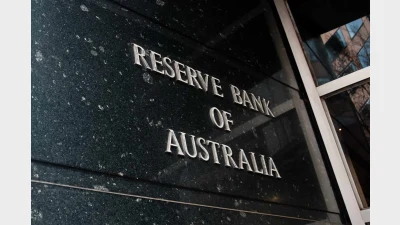Govt industry co-operation crucial to retirement solutions
The research that underpinned the Investment and Financial Services Association's (IFSA's) submission to the Henry Tax Review has made clear that governments, in liaison with industry, need to maintain a close focus on encouraging retirement incomes adequacy.
The research, undertaken by Millman, argued that active industry participation provided consumers with choice and competitive pricing across a wide range of potential strategies that may be customised to individual circumstances.
Further, it said there was a direct correlation between industry involvement, consumer choice and markets, with the most active industry involvement resulting in the widest choice of retirement solutions available.
“Active industry participation fosters a market environment where retirees (and their advisers) can choose the retirement strategy that best suits their unique needs,” the report analysis said. “This is consistent with the trend towards individual responsibility for the provision of post retirement needs.”
It said international experience had also highlighted the role of government in the management of retirement outcomes and the creation of appropriate incentives within the system.
“First and foremost, the dominant role of government in virtually all developed countries is to provide a basic minimal income in retirement for its citizens,” the report said. “However, successful government involvement goes well beyond this basic provision.”
The Millman analysis said government policy was one of the primary factors in the success of a retirement system, particularly the provision of incentives to save for retirement over a working life.
“Critically, the global shift in retirement systems has been away from the direct government provision of benefits towards privatised structures where retirees are actively encouraged to save and are rewarded with enhanced post-tax income in retirement,” it said.
Recommended for you
Superannuation funds have posted another year of strong returns, but this time, the gains weren’t powered solely by Silicon Valley.
Australia’s $4.1 trillion superannuation system is doing more than funding retirements – it’s quietly fuelling the nation’s productivity, lifting GDP, and adding thousands to workers’ pay packets, according to new analysis from the Association of Superannuation Funds of Australia (ASFA).
Large superannuation accounts may need to find funds outside their accounts or take the extreme step of selling non-liquid assets under the proposed $3 million super tax legislation, according to new analysis from ANU.
Economists have been left scrambling to recalibrate after the Reserve Bank wrong-footed markets on Tuesday, holding the cash rate steady despite widespread expectations of a cut.









